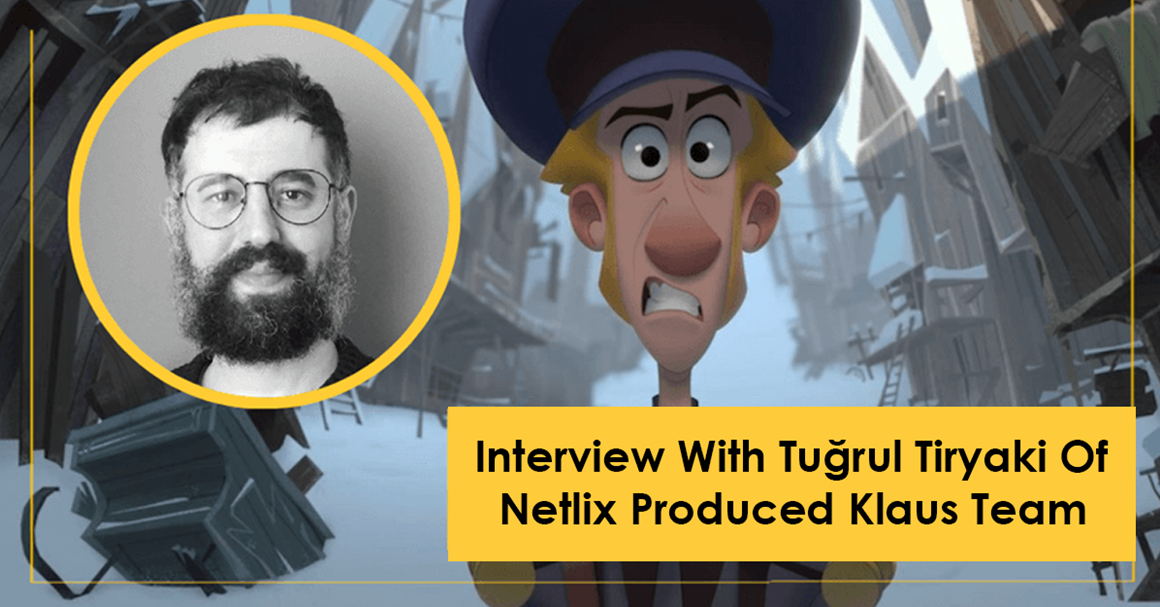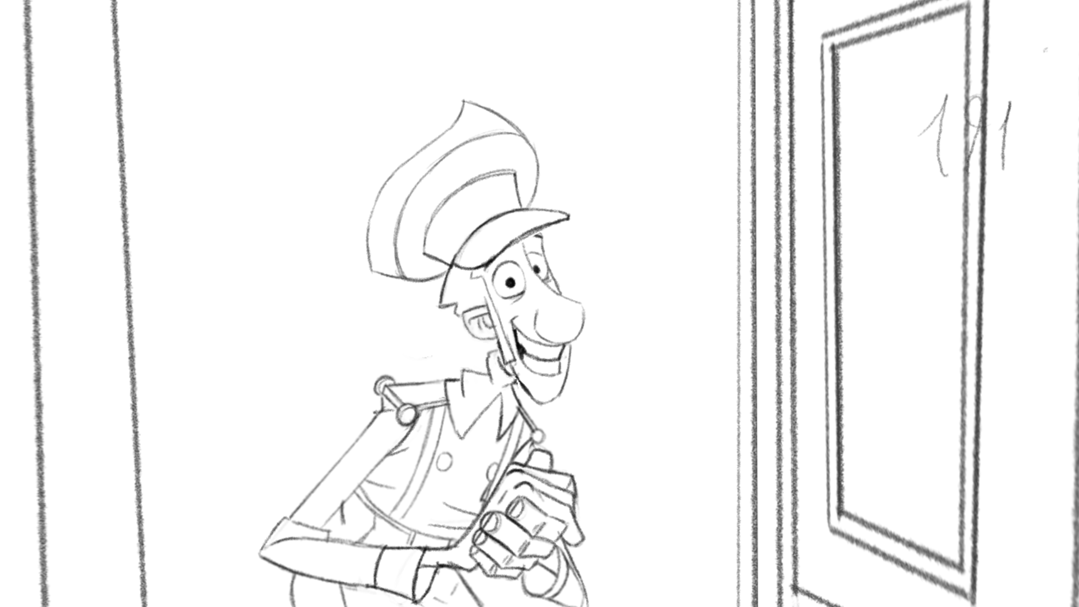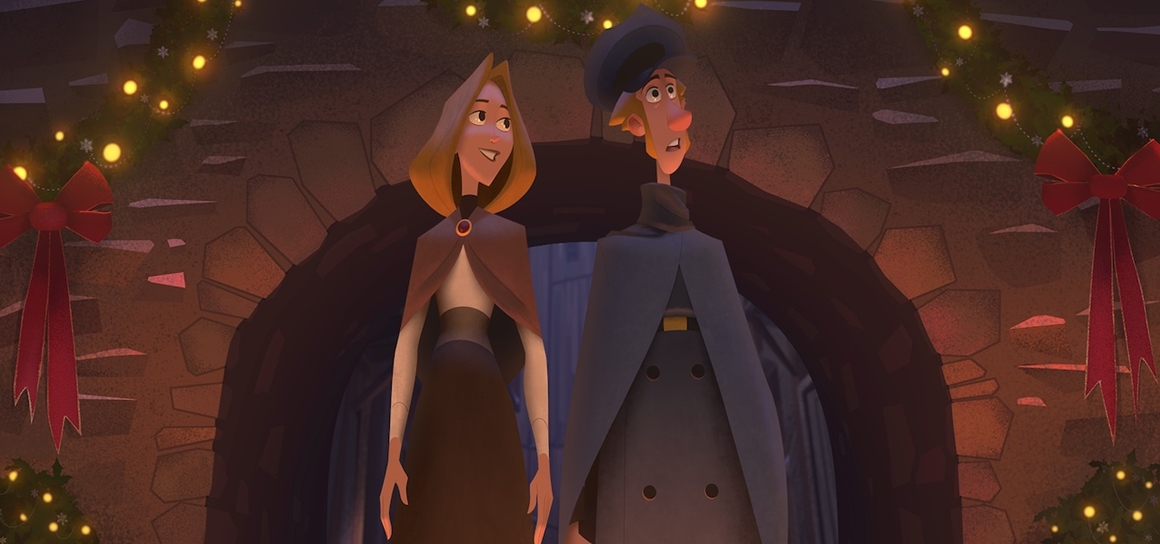INTERVIEW WITH TUĞRUL TIRYAKI OF NETLIX PRODUCED KLAUS TEAM

Can you tell us a little about yourself and the projects you have been involved in so far?
I graduated from Anadolu University Fine Arts Faculty Cartoon Animation Department. After graduating, I started working as a 3D Animator at Dusyeri Cartoon Studio. Afterwards, I directed two projects in the same company. After I left the company, I completely turned to traditional animation and worked on creating a demo. As a result of these studies, I had the chance to take part in the Klaus project. I worked as a traditional animator at Klaus for almost 2 years. I am currently working as an animator on Warner Bros' Green Eggs and Ham series.
What drew you to this field?
As a child, I had a keen interest in the visual arts. As a result of this interest, I started drawing at an early age. My interest in drawing turned into a love of cartoons with the profound effect of cartoons such as Tom and Jerry and Looney Tunes. Being educated in cartoons enabled this interest and love to turn into a professional occupation.
Why 2D animation?
First of all, I would like to state that there is no hierarchy among animation techniques in my opinion. The priority is the nature of the project. Different styles can offer different aesthetic possibilities to the animator. However, the reason why I personally focus on traditional animation is that linearity forms the basis of this animation style. I think there is something fascinating about bringing a character to life with a cartoon.

What programs do you prefer to use?
I first started by drawing on the light table. I used TV Paint for a long time. I started using Toon Boom Harmony with Klaus. I'm still working with this program now.
Can you talk a little bit about Klaus?
The aim of Klaus, which is a traditional animated film, is not to return to traditional animation as an alternative to 3D films, but to solve the deficiencies of the old period of 2D animation with new techniques and to move 2D forward. According to Sergio Pablos, the creator of the movie and the author of the story, the biggest problem with old 2D movies is that the character and the background don't quite match. The way light is handled in Klaus and the integration of characters and background has created an opportunity to solve this problem and update traditional animation. Klaus is an important film that has a very warm story and takes traditional animation one step further in terms of technique and aesthetics. I also believe that 2D animation will gain importance again thanks to this movie.

What were the most challenging points for you in Klaus?
Klaus has been a project that I loved very much from the moment I watched its first trailer. I feel lucky and happy to be a part of it. This movie was my first 2D experience. That's why I had a hard time at first. But then I adapted to the 2D working discipline. In addition, meeting Sergio Pablos' high expectations was sometimes stressful for the animators. Sometimes doing the same scene over and over can be frustrating. Creating near-perfect animation required hours of hard work all week. I have understood through experience that good movies are only made with hard work under stress.
Do you have a message you want to give to those who want to turn to 2D? What would you recommend to those who want to move into this field or improve themselves in this field?
The difference of 2D from other styles is that it requires good drawing skills as well as animation knowledge. Therefore, my advice to those who will turn to 2D animation is to improve their drawing skills as much as possible. In addition, a lot of animation practice will make a significant contribution to their development in this field. Finally, I would like to emphasize the importance of correct sources. I recommend Eric Goldberg's Charachter Animation Crash Course and Preston Blair's Cartoon Animation to anyone interested in this field.